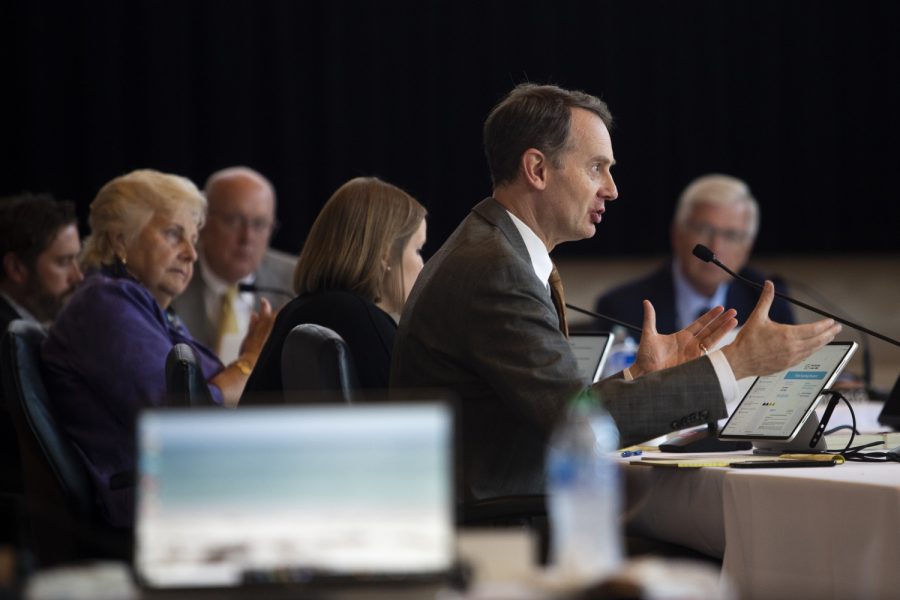A recent study revealed college students have left billions of dollars in financial aid on the table.
The study, conducted by Nerdwallet.com, found $2.9 billion of government-funded financial aid went untouched after the 2013-2014 Free Application for Federal Student Aid season.
According to the study, the state of Iowa left almost $225 million in estimated Pell Grant money on the table in the 2013-14 FAFSA application season.
Of the graduating Iowa high school class of 2014, approximately 6,035 qualified for Pell Grants but did not receive them because of not submitting the FAFSA.
Nerdwallet analyst Gianna Sen-Gupta analyzed the application completion rates given by the U.S. Department of Education.
“Our whole goal of the study was to try to convince students to fill the FAFSA out,” Sen Gupta said. “Hopefully, with a little more publicity, we can get more people to complete the forms.”
The rates were broken down by specific high schools, and multiplied by the average Pell Grant amount given to applying students.
Pell Grants are given to college-bound undergraduate students whose families’ expected financial contributions are below the cost of attendance at their colleges.
Sen-Gupta said the surplus of Pell Grant money not only accumulated this year, it has been compounded from years past. Recently, the surplus reached approximately $3 billion.
In December 2014, Congress cut $303 million in funding from the Pell Grant program.
“Students are encouraged numerous times to fill out the FAFSA,” said Cynthia Seyfer, the senior associate director of the Univeristy of Iowa Student Financial Aid Office. “Every year in December, we send postcards to the homes of students to make sure their parents are involved as well.”
Approximately 65 percent of UI undergraduates file their application yearly, she said.
Students who typically don’t file for the aid assume they won’t qualify because of their parents’ income, she said.
However, Sen-Gupta said, there are other reasons students and parents leave their FAFSA forms blank.
“There are many students who can’t afford to pay full tuition,” she said. “But we’re talking about 17- and 18 year-olds who may be overwhelmed, who have never made such a big financial decision before.”
A rumor also persists among students and families that FAFSA forms are particularly time-consuming to complete.
Sen-Gupta, Seyfer, and Iowa City West High career coordinator Russ Johnson said the estimated completion time for the form ranges from 15 minutes to an hour.
“Approximately 60 percent of our graduating seniors from West High School complete the FAFSA,” Johnson wrote in an email. “Parents with complex financial situations have expressed unfavorable comments about completing the FAFSA, but generally, parents find the application to be very simple. The IRS data-retrieval option makes the financial section very easy to complete.”






